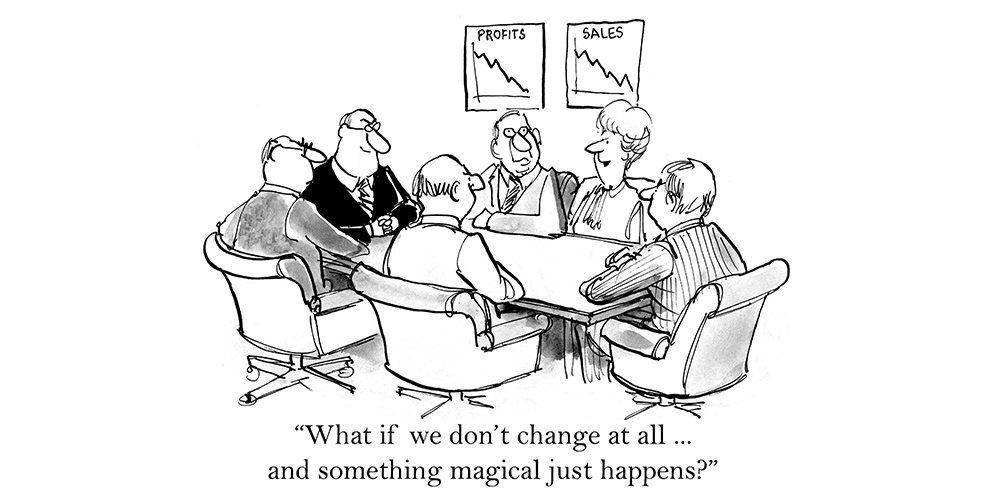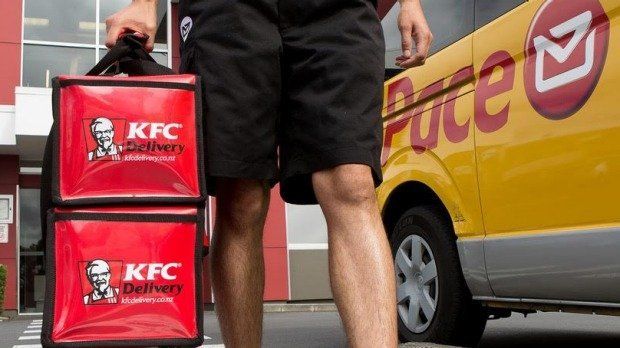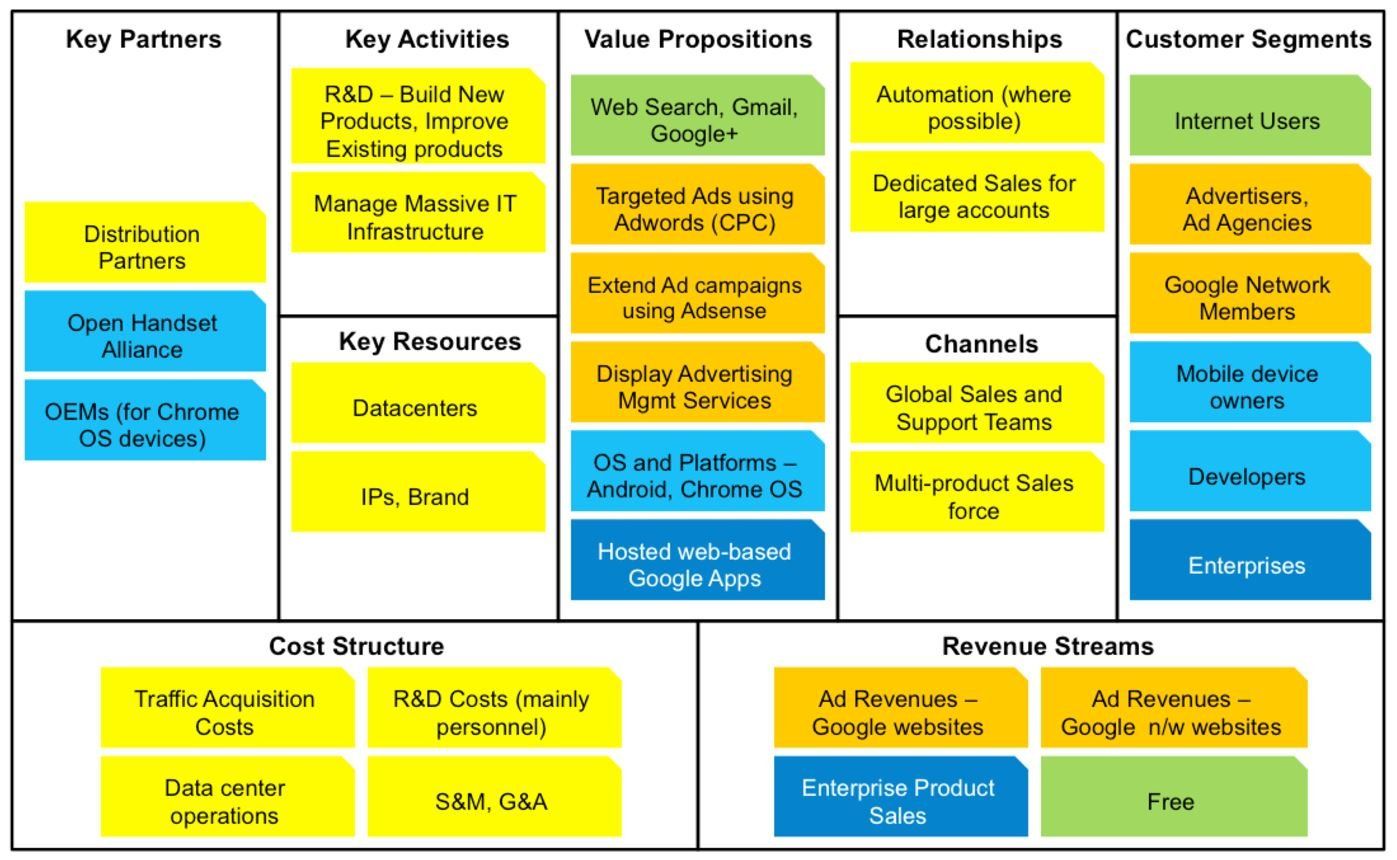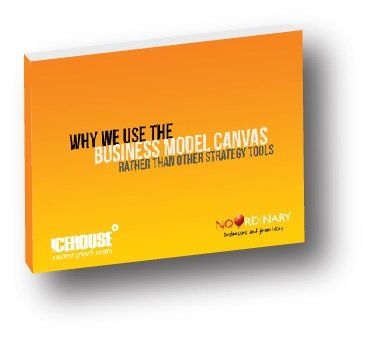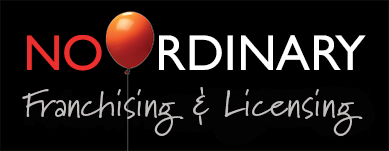Poor business models are the biggest cause of business failure, according to several recent Australian studies. And in New Zealand, one out of three franchisors is concerned about the viability of his or her business model, according to a recent Franchising Confidence Survey. So in a fast changing world, what can you do to make sure your business model is still fresh and relevant? Fortunately there’s a fresh and relevant way to generate and revitalise business models.
In this article:
- Why it’s wrong not to be concerned about your business model
- 3 ways to tell if your business model is in trouble
- Why disruptive business models are becoming the norm
- 5 businesses that have had to change their business model to survive
Why it’s wrong not to be concerned about your business model
A business model describes how your company creates, delivers and captures value.
Here’s an example of how it works. For many years, I was a serial gym member. I was sucked in by offers of three free months’ membership if you joined for a year, or low weekly automatic payments that cleverly disguised the exorbitant annual total. The offers were usually made by willowy young women wearing t-shirts and track pants two or three sizes too small for them. I looked at them and then looked at myself, and thought, “I have seriously got to get in shape.” Invariably I joined on the spot, only to find when I went along to the gym that it wasn’t open or if it was, there were three hundred people waiting to use the rowing machine I wanted to use. My record was six visits to the gym over the course of an annual membership. When I finally did the maths and worked out that this was costing me over $200 per visit, I gave up on gyms altogether and resigned myself that my shape was always going to be out-of-shape. Until a new kind of gym (I’ll call it Anytime Fitness) opened nearby that offered no contracts, genuinely low fees, 24/7 access and worldwide coverage. I was hooked. I may even go there one day.
The fact that Anytime and Jetts are popping up everywhere while the “traditional” gyms seem to be fading away indicates that the new gyms’ business model is shaking up the industry. That is, it’s a “disruptive” model which is creating, delivering and capturing value in ways that no one had thought of before.
With new and disruptive business models popping up as frequently as the new gyms, in industries you’d never expect them to, it has become essential for all business owners to constantly ask themselves, “Is my business model in trouble?”
3 ways to tell if your business model is in trouble
There’s always early evidence that a business model is in trouble, but it usually gets ignored or dismissed, according to Professor Rita Gunther McGrath of Columbia Business School. Why? Because the people at the top of most companies got there because of their success with the current model, so why question its endurance?
In McGrath’s experience, these people initially go into denial mode, followed by desperation as they try to squeeze the last drops of profitability out of the existing model. The result is that change only happens when it’s too late, and when the change is way more painful than it needed to be.
McGrath says there are three ways to tell if your business model is in trouble, and she studies strategy in highly uncertain, volatile environments, so she should know:
- When new innovations begin to offer smaller and smaller improvements and your people have trouble thinking of new ways to enhance your offering
- When you hear customers talking with interest about new alternatives to what you offer them
- And finally, when your business’s performance starts to falter, usually in a way that’s so gradual it can be mistaken for a temporary downturn in the business cycle
Why disruptive business models are becoming the norm
Disruptive business models have been around for a long time. Who would have thought that pretty much all of the US railroad moguls of the 1800s would be ruined by the burgeoning road transport industry in the 1900s? And who would have thought twenty years ago that the postal arm of New Zealand Post (and their American equivalent, the US Postal Service) would be struggling today?
What the railroad moguls should have done, as any Marketing 101 student knows because the famous Marketing Myopia article is required reading in every university in the first week of the course, was take a broader perspective on the market they were in. The railroad moguls shouldn’t have assumed they were only in the railroad industry rather than the transportation industry.
To its credit, NZ Post has taken a really broad perspective. They’ve not only diversifying into the courier business (the delivery market rather than just the postal market) but also leveraged on their branch network into retail banking. Smart. In 2011, they even took on an Innovation and Strategy GM. You can spot him straight away in the executive team photos on their website because he’s the only one wearing a t-shirt instead of a tie.
The problem with the world is that it is now changing faster than ever and it astonished me to read recently that some of the world’s most prominent high-tech businesses wouldn’t be where they are today if they hadn’t flipped the whole business model they started with, often several times, over very short periods. Of course, technology makes that easier to do, but in today's uber-competitive environment, it is almost business suicide if even non-tech start-ups don't come out with a disruptive business model and aren't prepared to move quickly to change it if it doesn't work.
5 businesses that have had to change their business models to survive
Believe it or not, Google started with no business model at all. After trying out all sorts of ideas, most of which were unprofitable, they hit on the simple idea of allowing businesses to advertise to people using their search engine. Hey presto, Adwords was born, last year earning a staggering USD$42.5 billion in revenue, about one-quarter of New Zealand’s total GDP for 2012.
Apple was struggling in 1997 when, in an act of desperation, they brought Steve Jobs back. Jobs refocused the company on doing what it does best, creating beautiful consumer electronics and serving the graphics, video editing and digital production markets. The rest is history.
Technology companies aren’t the only ones which need to change their business models to survive. Like department stores throughout the world, New Zealand's iconic Farmers Trading Company has morphed several times during the last thirty years to cope with competition from shopping malls and power retail centres, taking an “if you can’t beat ‘em, join ‘em” approach by going into the shopping malls and power centres.
Franchising businesses have often been slower to change because, unlike managed businesses, they first need to obtain the buy-in of franchisees. As we’ve observed in a previous article, McDonald’s was able to leverage their strong relationship with franchisees to make substantial and expensive changes to their menus and store formats in the noughties. This was a return to form for McDonald’s which, after all, was founded on three disruptive business models – fast food, franchising and property leasing.
Google Business Model Canvas
Think your business model may be in trouble?
Even if you’re not, you must challenge your model continually if you want to still be in business in five years (yes, the market can change that quickly), or sell it for more than you paid for it.
Take advantage of my offer of a free
Initial Consultation to discuss the challenges facing your business or franchise and how the Business Model Canvas can help you.
